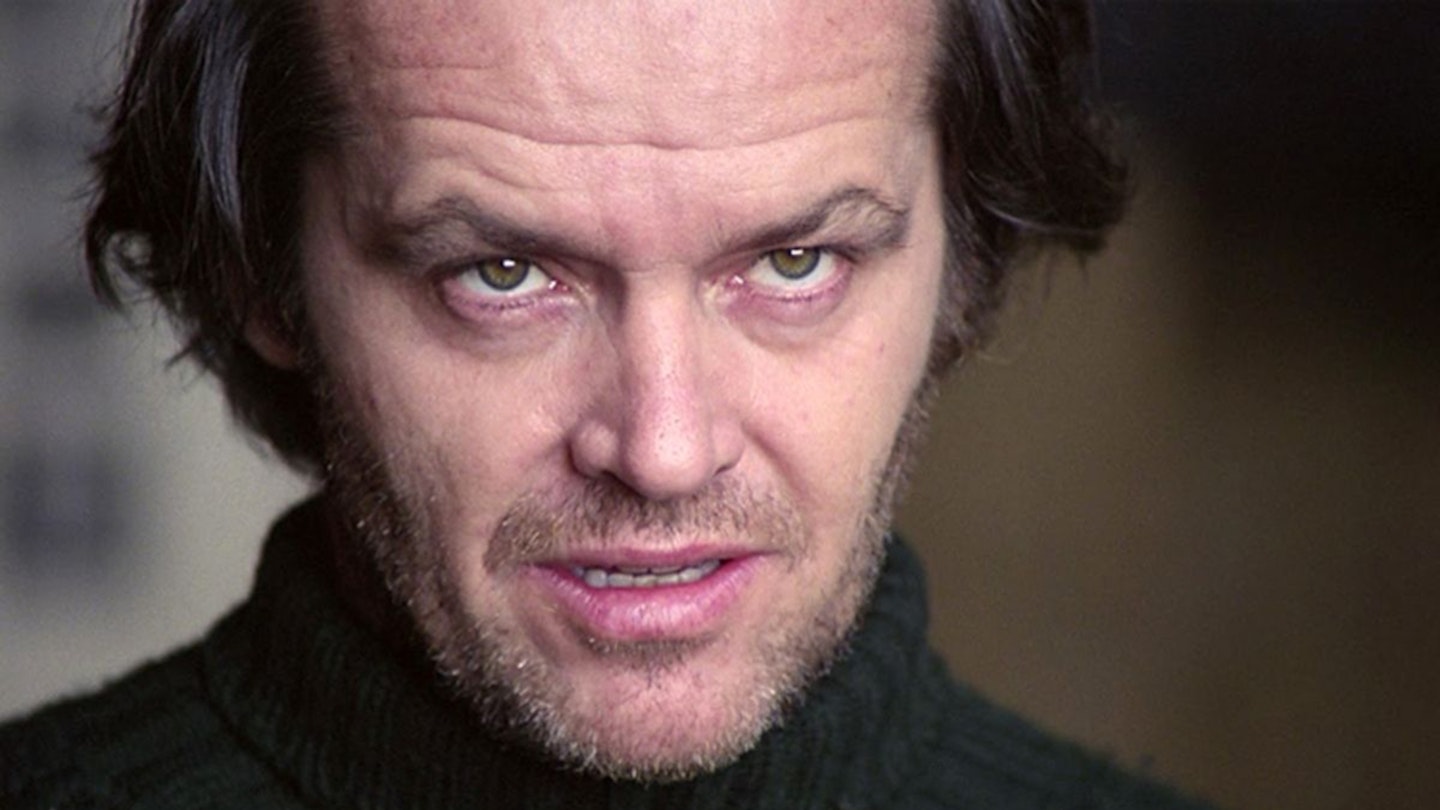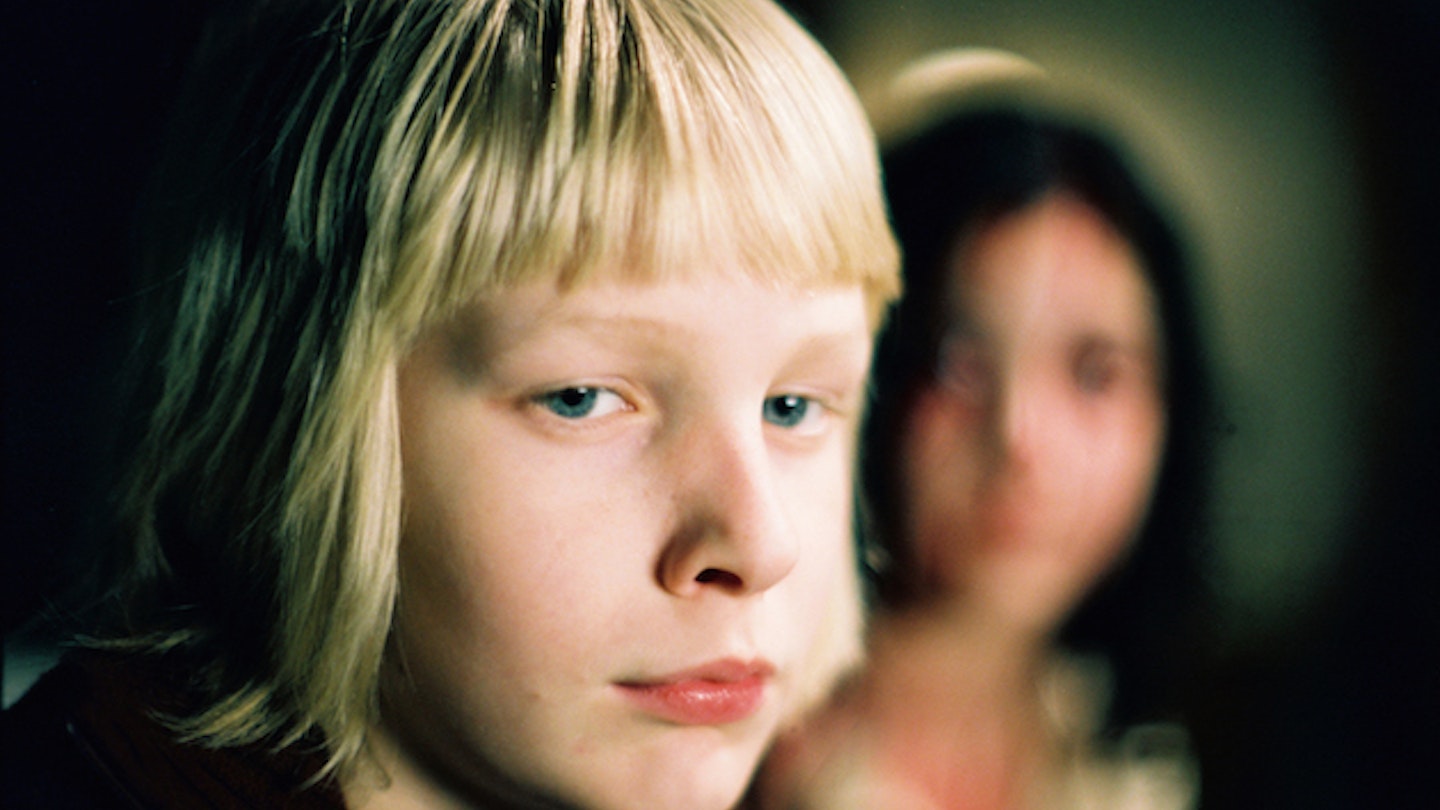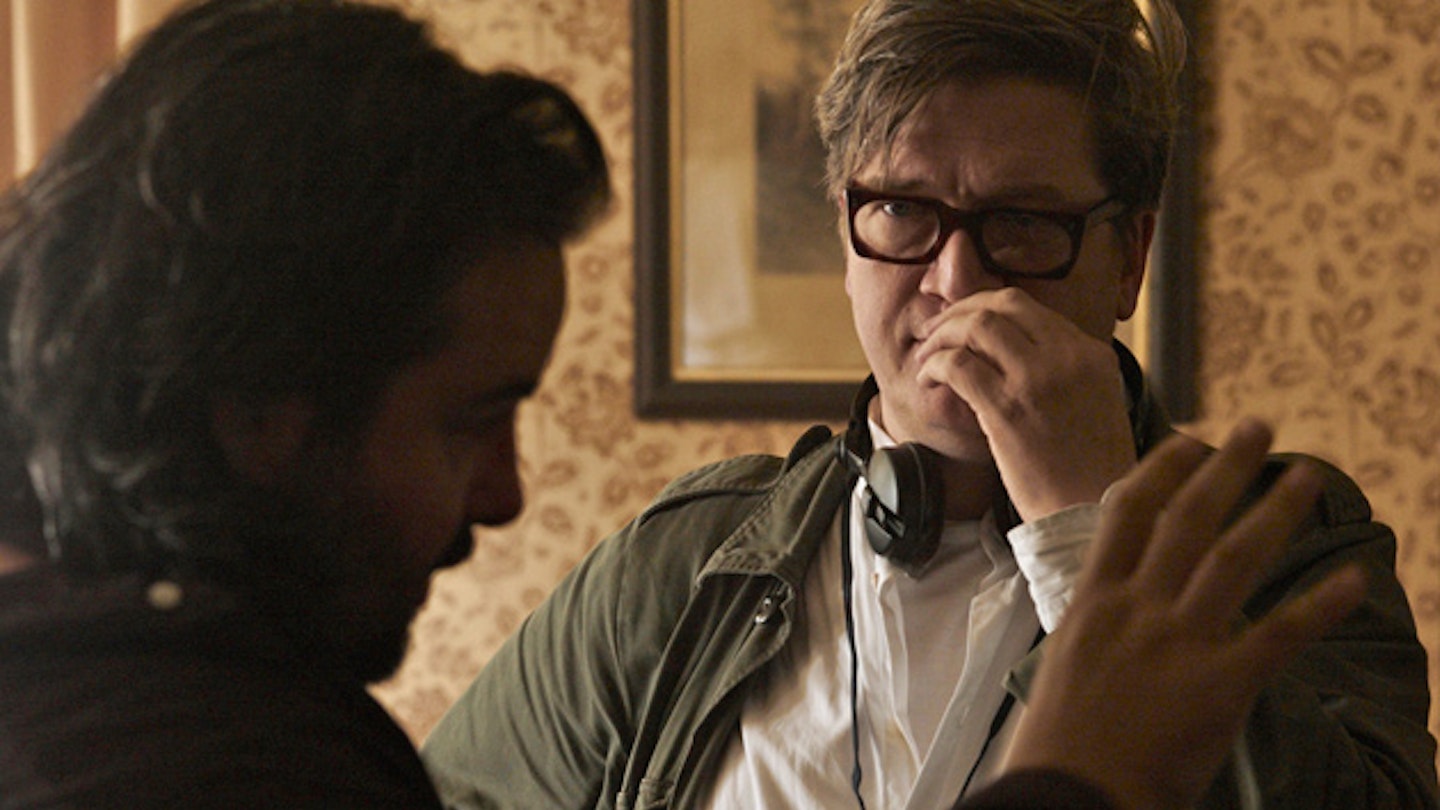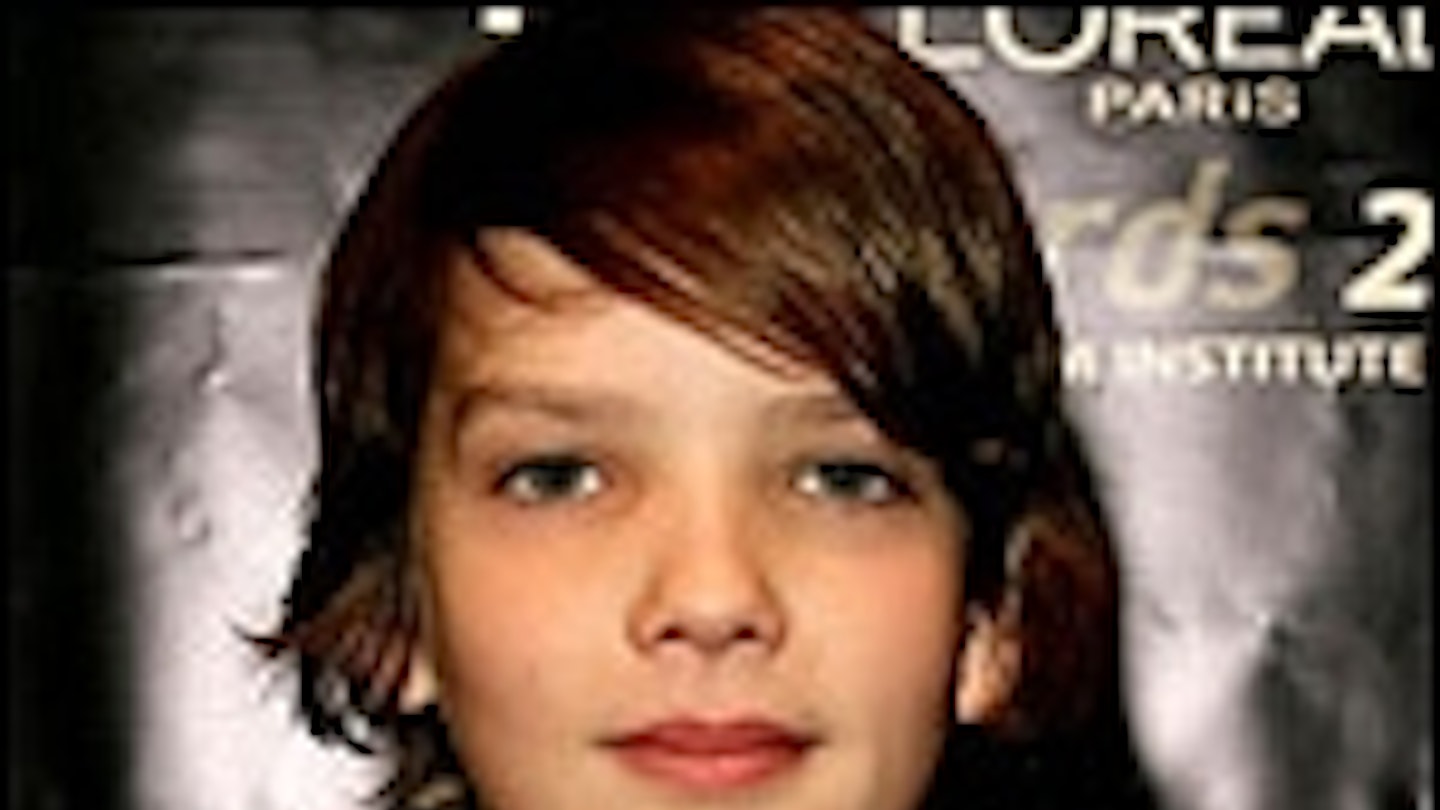No previous vampire movie has addressed this scrap of myth quite as rigorously as Let The Right One In — which is all about what happens, for good or ill, when someone willingly invites a vampire into their home, their confidence and their life. It also answers in startling fashion a question that has lingered at the back of your mind every time this aspect of the legend crops up in a movie — what happens if you don’t invite a vampire in but they cross the threshold anyway? It’s not pretty, but it’s also not something you’ve seen in a movie before. It’s as much a testament to the ingenuity of author/screenwriter John Ajvide Lindqvist, who adapted his own book, and director Tomas Alfredson as to the endless possibilities of the vampire film that nearly 90 years after Nosferatu there are still new twists to the most familiar of all movie monsters.
In a season where Twilight — which also hinges on a school-set friendship between a vampire and a human — has become, by a wide margin, the most profitable vampire movie ever made, Let The Right One In trumps the Hollywood vision by landing an instant, secure place on the list of the ten best vampire movies. It’s always been a giveaway that filmmakers or novelists don’t trust their material when they bleat that, say, Werewolf Cheerleaders isn’t really a horror movie but a study of relationships — it usually prompts a sneaking wish that the maker of, say, Nil By Mouth would respond by saying their picture isn’t really a realist drama but an all-out horror movie. Let The Right One In actually is all about the relationships, but it’s as dark a horror tale as was ever mangled by a Michael Bay-produced remake (US rights to the book have gone to Matt Reeves of Cloverfield). In contrast to the currently hot flavours of fear — torture porn, girlie ghosts, kung fu monsters — this is horror, rooted in love.
The film depicts a provincial Swedish winter in 1981 as a deadeningly cold, grubby-snow depression where nothing goes right — even a serial killer is a bungler disturbed by a passing dog, and good advice about standing up to bullies sets the scene for a hideous escalation of violence there’s no going back from. With miraculous performances from the very young lead actors, the film builds up slowly — we’re not sure whether the doleful bloodsucker wants the plodding Oskar as a boyfriend, a minion or lunch — and gives thought to how an immortal might pass the long centuries with tiny challenges (after solving Oskar’s Rubik’s Cube, Eli shows him a Fabergé Easter egg puzzle worth a fortune). Rarely has a horror movie invested so much in a perverse, but admirable love. The home stretch shows in unforgettable detail how far these two are willing to go for each other, especially in a bravura long-held, underwater shot which is liable to be a how-the-hell-was-that-done? talking point after you’ve got over the impact of its gruesome content.







